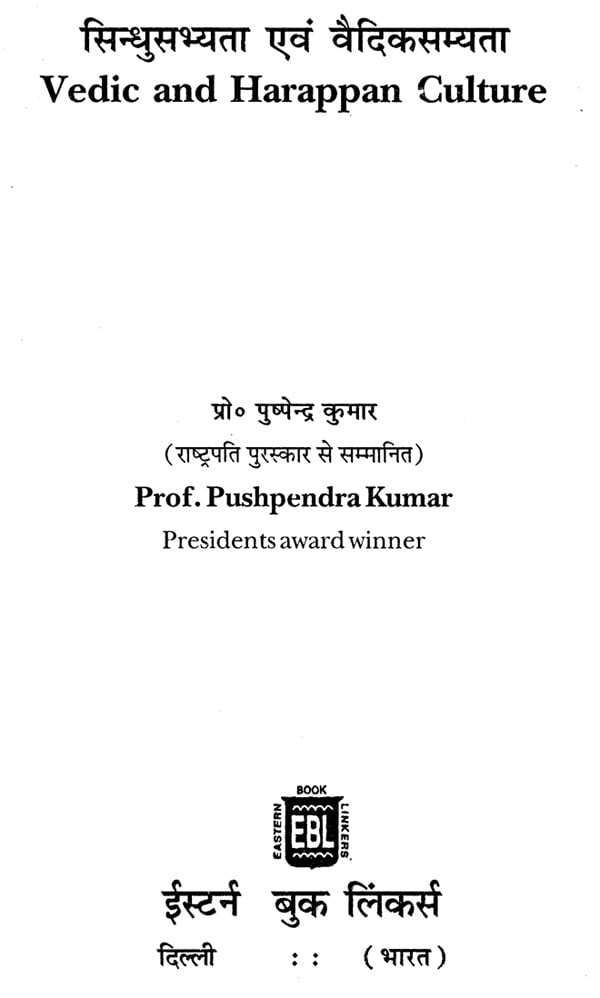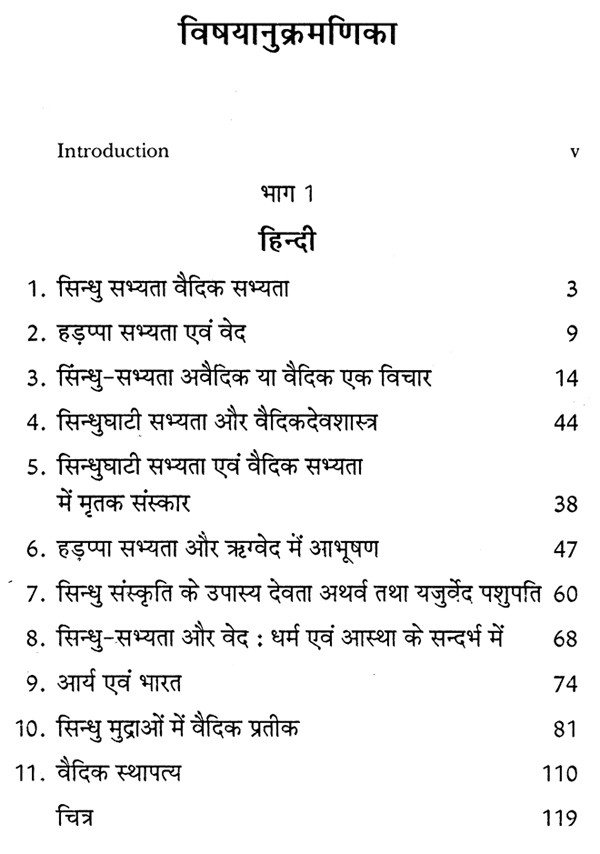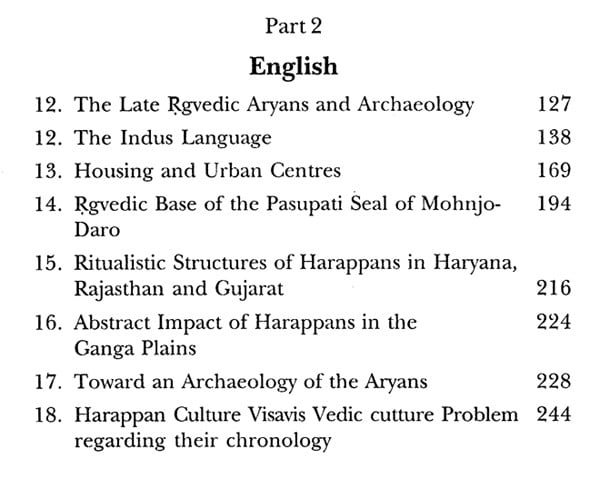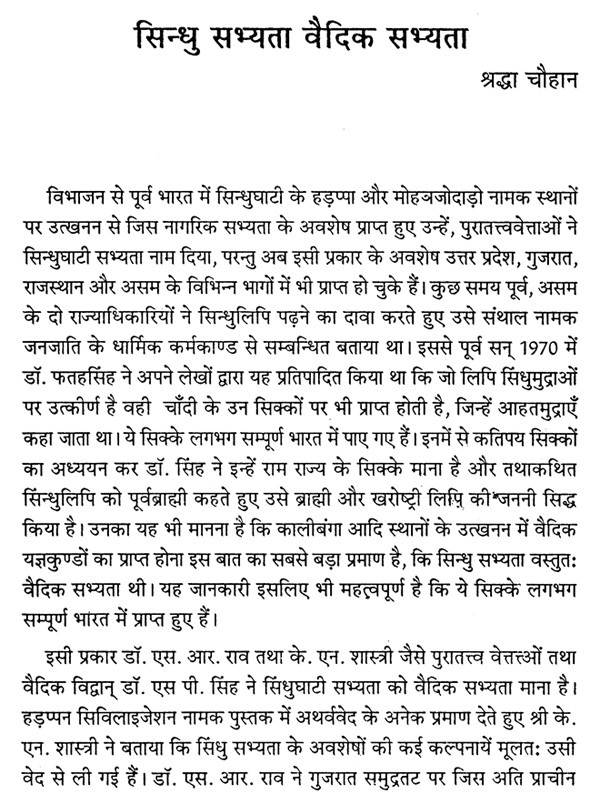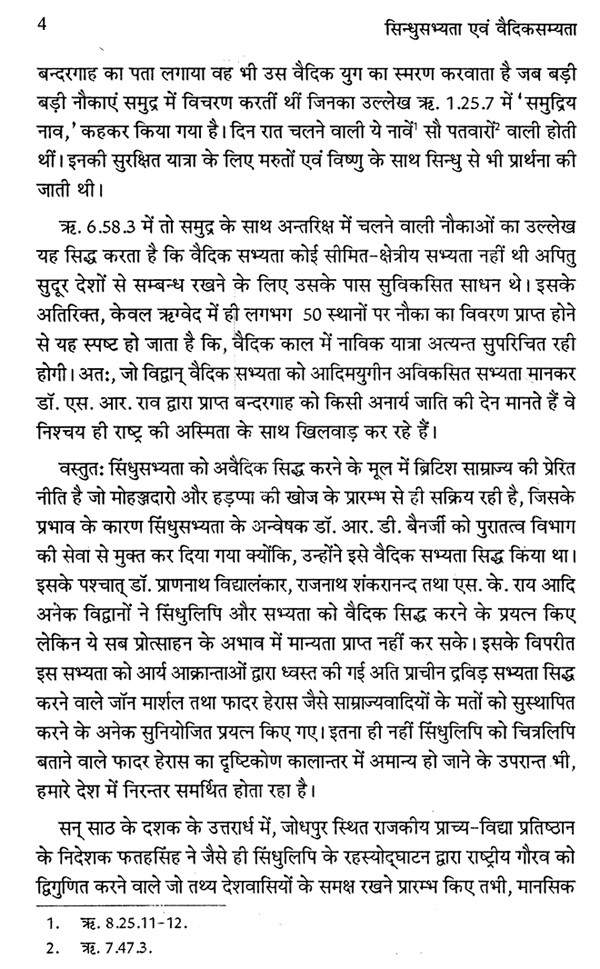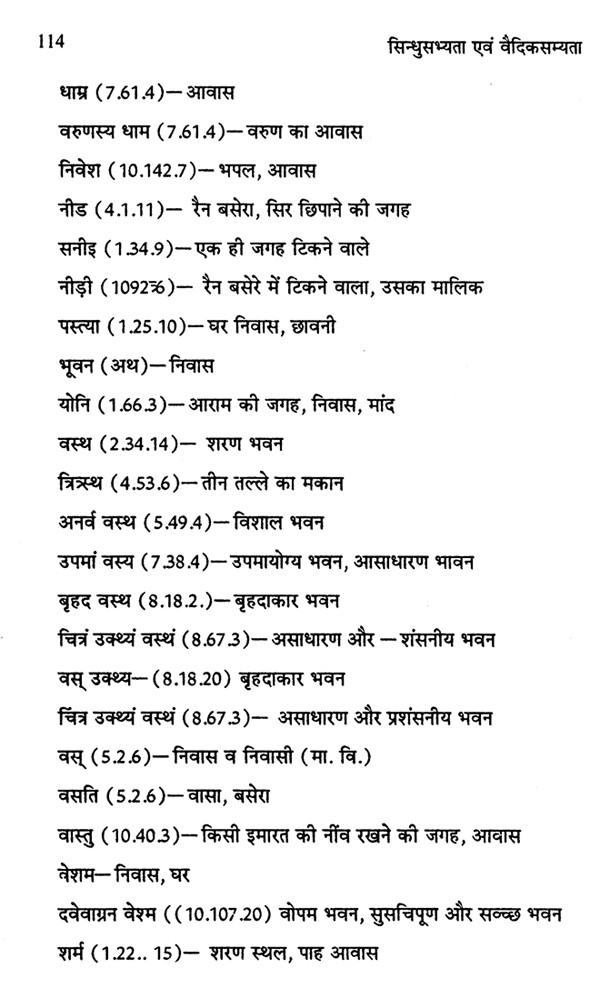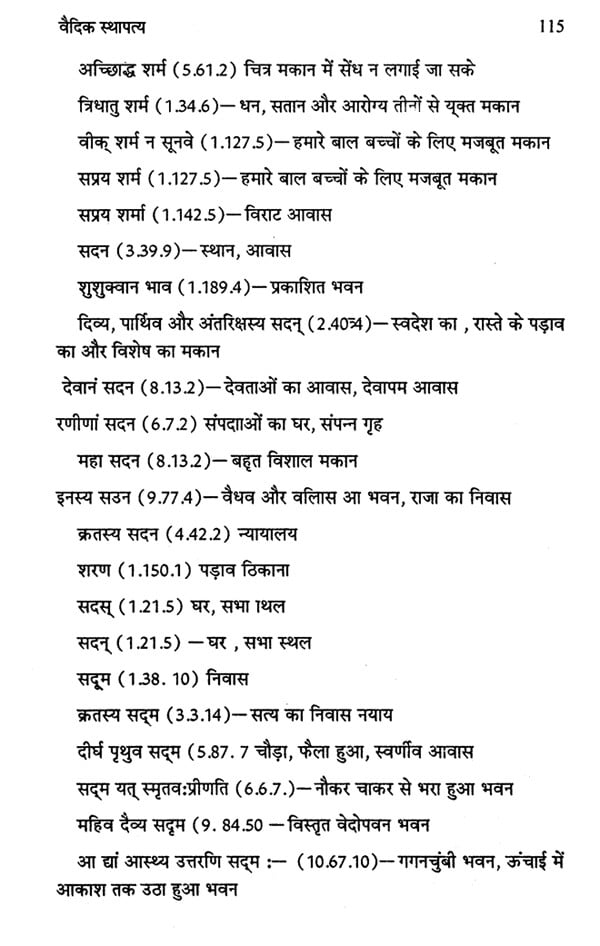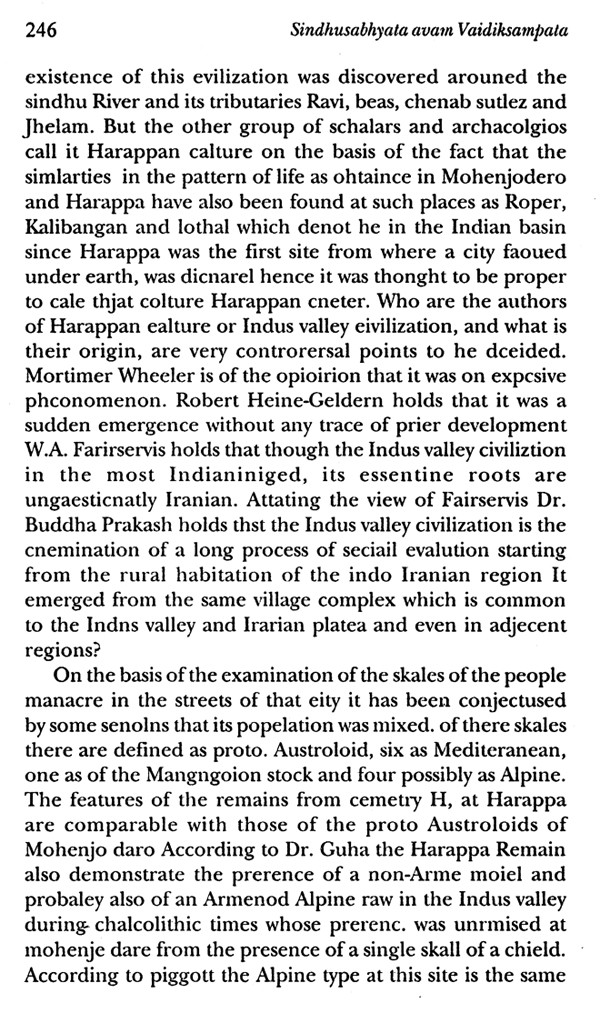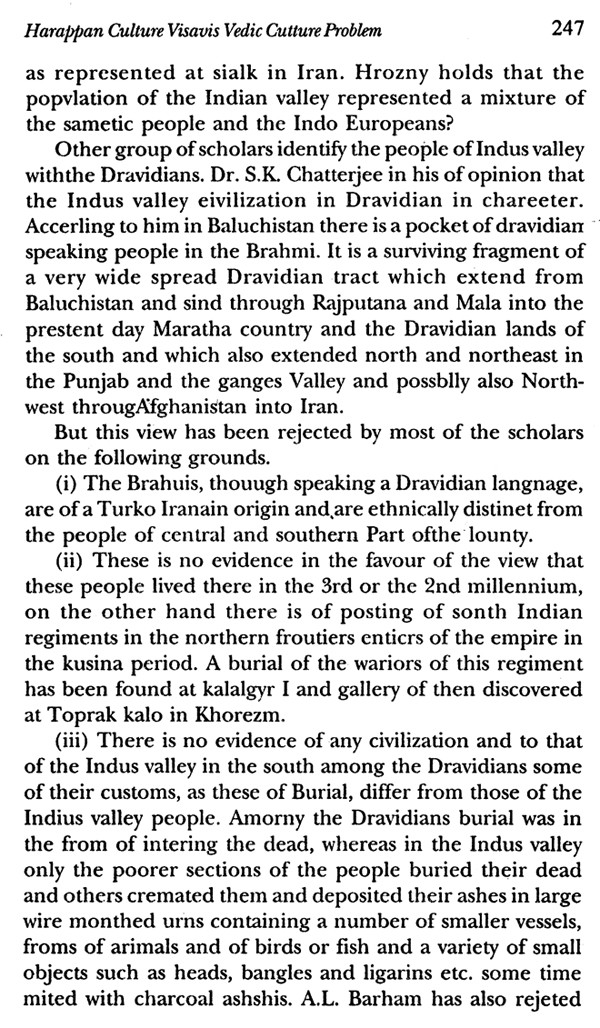
Vedic and Harappan Culture
Book Specification
| Item Code: | AZF581 |
| Author: | Pushpendra Kumar |
| Publisher: | EASTERN BOOK LINKERS |
| Language: | ENGLISH |
| Edition: | 2012 |
| ISBN: | 9788178541907 |
| Pages: | 252 |
| Cover: | HARDCOVER |
| Other Details | 9.00x6.00 inches |
| Weight | 448 gm |
Book Description
In the year 1921, excavations at Harrappa in Punjab brought to eight the rains of a large brick-built city and soon an unknown civilization came to light in and around the Indus valley. The Indus culture or Harrappas now dated to 2550-1900 B.C. we don't have any information about the names of the kings. The Harrappan language, and religion continue to the among the most vexing problems of South Asia.
The Indus people used a writing symbol of their own. Nearly 4,000 specimens of this script survive on seals, stone and inscribed objects. Yet it is necessary to help on trying to find a solution.
Prof. Pushpendra Kumar, Retired as Head of the Department of Sanskrit, Delhi University, Delhi, in the year 2001. First class first and Gold Medalist in M.A. (Sanskrit), Delhi University, Delhi, 1958.
Ph.D. on Shakti Cult in the Purānas (Pub lished) 1967 from Delhi University. Common-wealth Scholar and Post-doctoral fellow, London University, London 1970-72, worked on Tärä Cult.
Visited many European Countries viz. France, Italy, West Germany, Austria, Holland, Swit zerland and Nepal for higher studies and lec tures.
The discovery of Harappa and Mohenjodaro marks the opening of a new era in the history and archaeology of this sub-continent. It was in the year 1921, while laying the foundation of the Multan Railway track through Harappa, near Sahiwal district on the river Indus, in Punjab, Pakistan, Britishers noticed some unusual shape and texture of bricks taken from the ruins and mounds around Harappa. It immediately drew the attention of the archaeologists and subsequently, Daya Ram Sahni of the Archaeological Survey of India undertook excavations at Harappa. As the civilization was first reported from Harappa, hence it has been named as the Harappan Civilization. Later on, owing to its extension along the river Indus, it has also been designated as the Indus Valley Civilization. In course of time, archaeological researches have brought to light a considerable number of sites which showed that the horizon of this civilization was not unrestricted in and around Indus, but further expanded upto the Saraswati, Ghaggar-Hakra Valley, Upper reaches of the Ganga Yamuna Doab, Rann of Kutch and Upper reaches of the Godavari Valley. With this momentum discovery of and its sub-continent became the cradle of one of the most ancient civilizations of the world comparable to other great civilizations like Egypt, Sumer and Babylon.
**Contents and Sample Pages**
